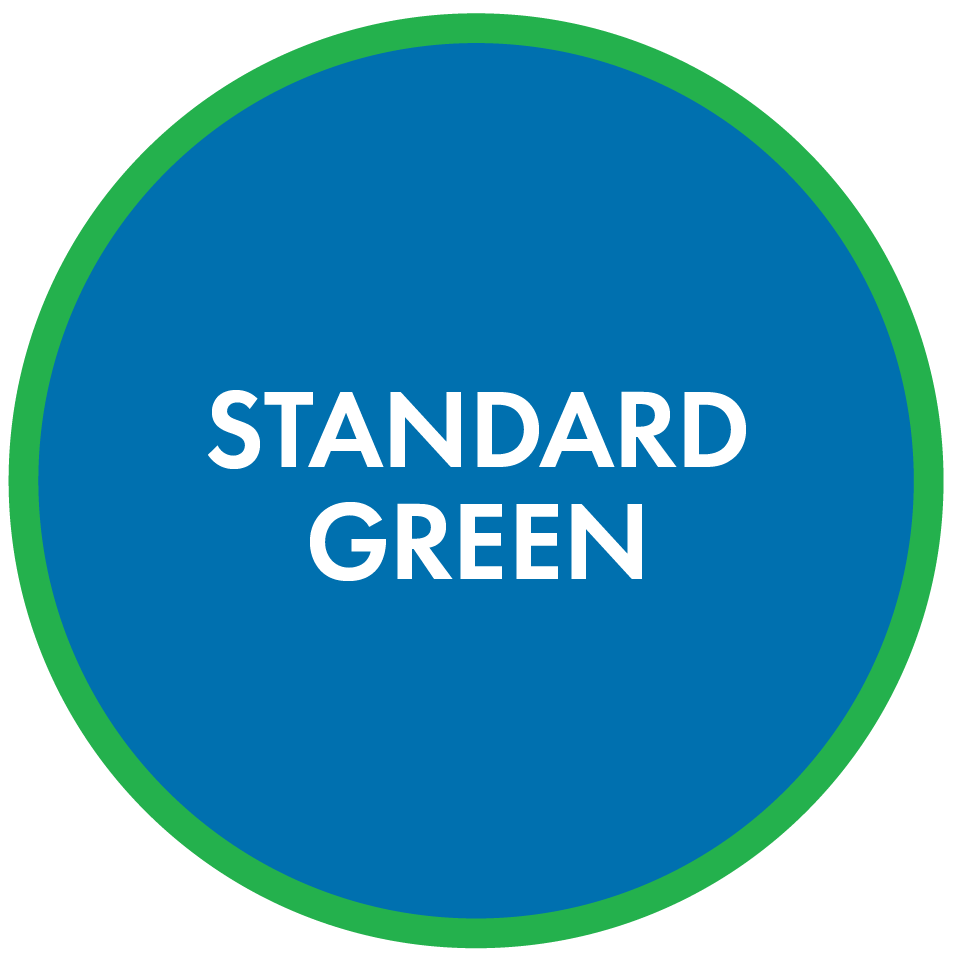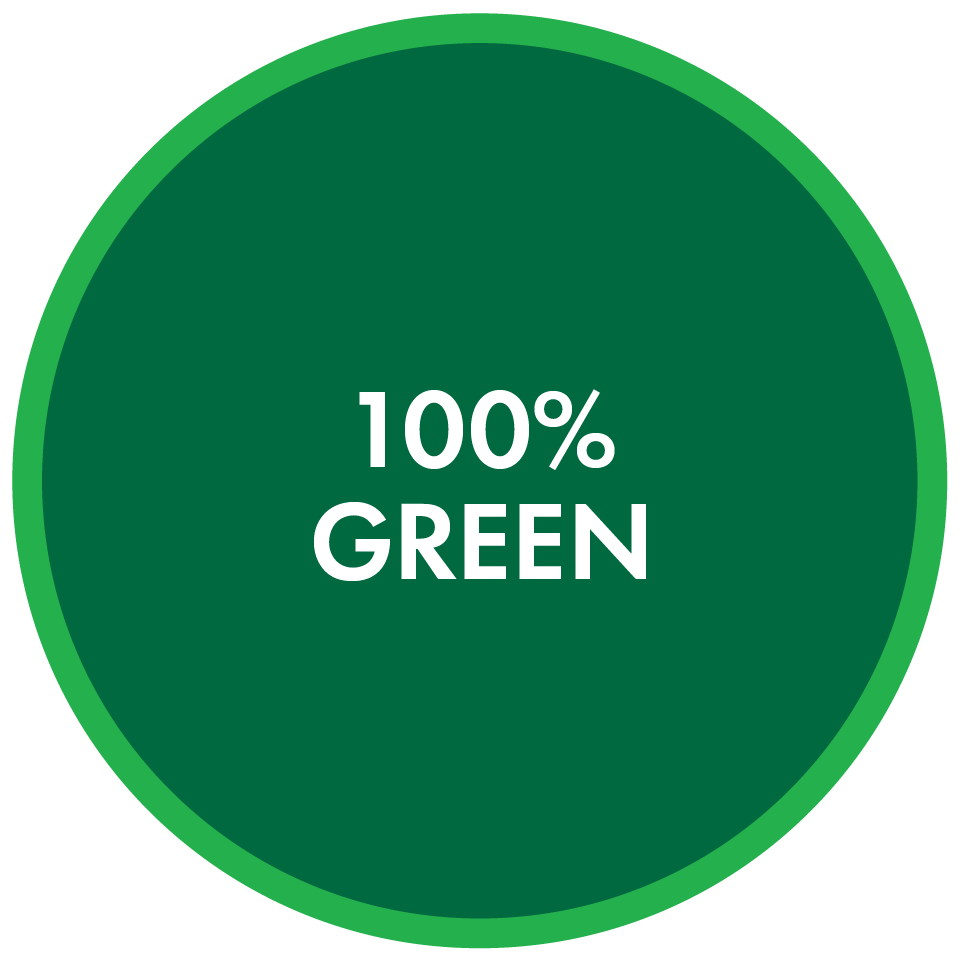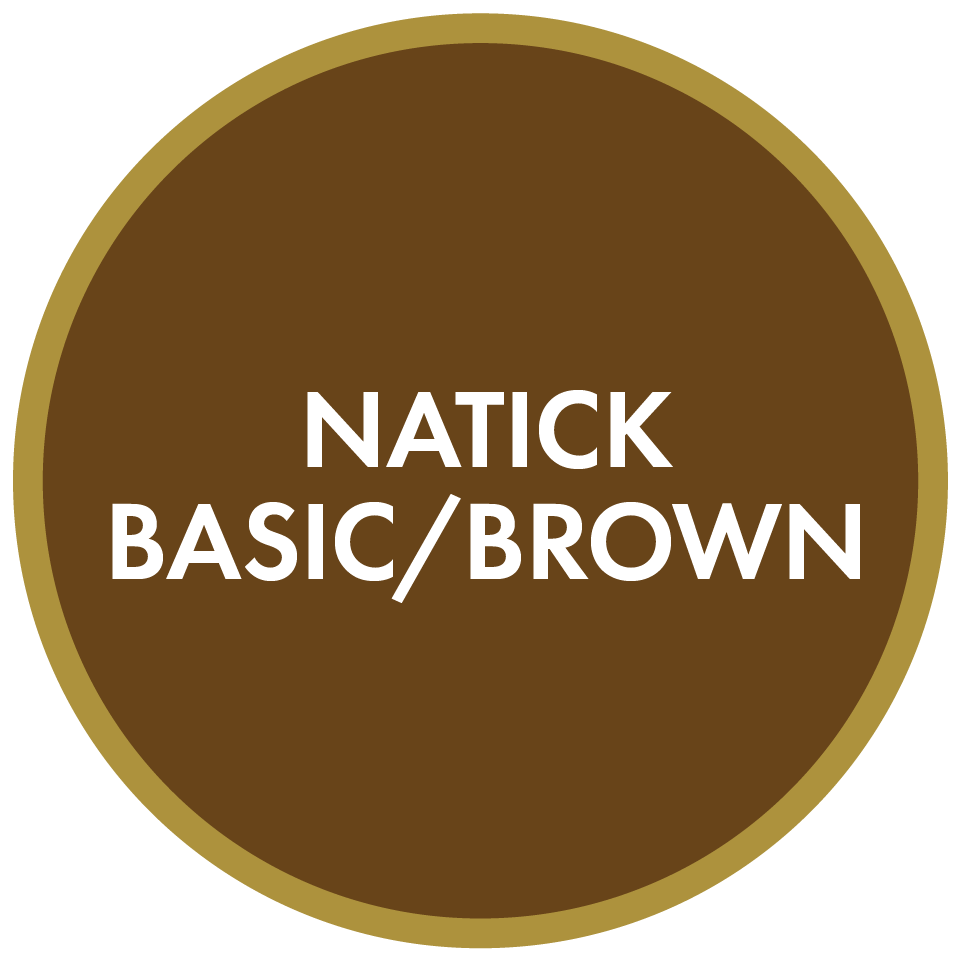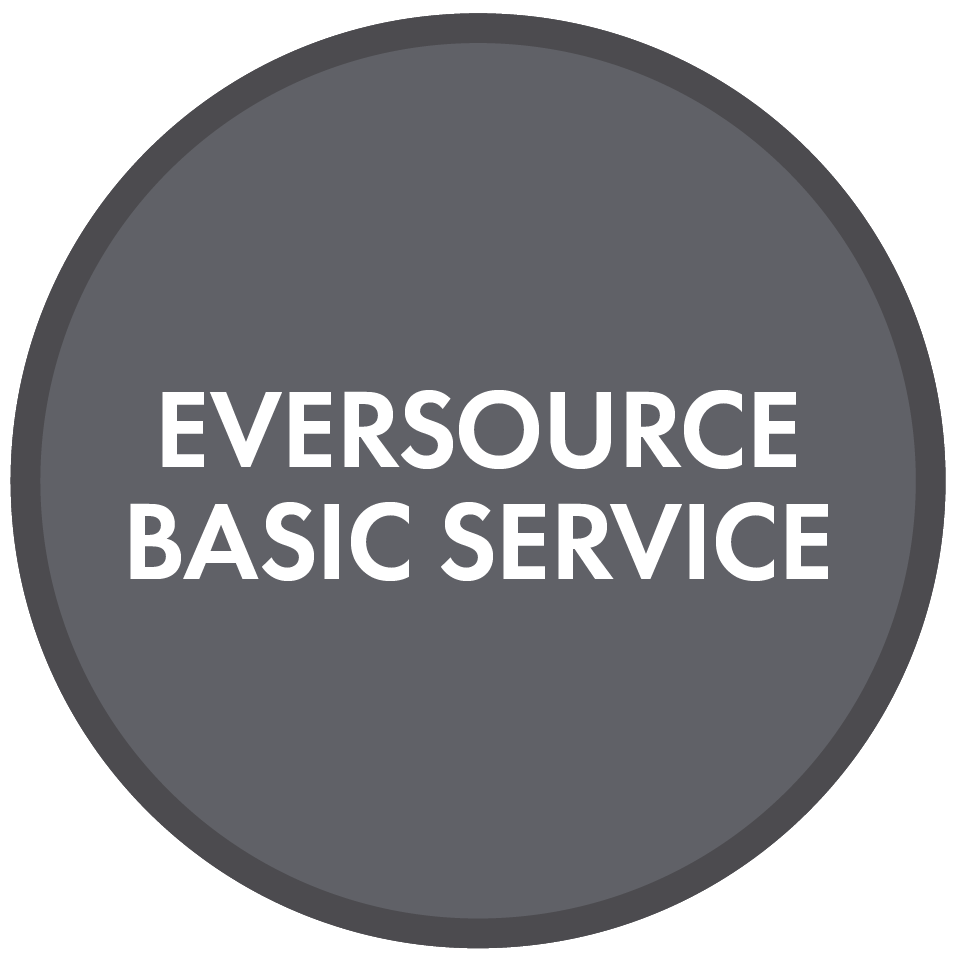Renewable energy content detail
The Natick Electricity Aggregation Program prioritizes supporting new renewable energy projects in the New England region to help drive the growth of clean electricity on our local grid.
Buying renewable energy refers to the purchase of Renewable Energy Certificates (RECs). What are RECs?
 |
 |
 |
 |
||
| Electricity from renewable sources (% of total) | |||||
| From new renewable sources in the New England region (MA Class I RECs) | |||||
| Required by state law | 27% | 27% | 27% | 27% | |
| Added by Natick (no biomass) | 14% | 73% | – | – | |
| Total | 41% | 100% | 27% | 27% | |
| From other clean or renewable sources (other RECs) | |||||
| Required by state law | 36% | 36% | 36% | 36% | |
77% is the total of: 14% MA Class I RECs added voluntarily by Natick + 27% MA Class I RECs required by state law + 36% RECs from other clean or renewable sources (other RECs) like nuclear and large hydro.
70% is the total of: 14% MA Class I RECs added voluntarily by Natick + 27% MA Class I RECs required by state law + a portion (29%) of the RECs from other clean or renewable sources (other RECs) like nuclear and large hydro.
MA Class I RECs: Visit the Renewable Energy page.
Other clean or renewable sources (other RECs): State law requires all electricity suppliers to purchase Renewable Energy Certificates (RECs) from other sources, including sources that are not new, are renewable but not clean, such as waste to energy, or are clean but not renewable, such as nuclear. This purchase must be made even if the total amount of RECs purchased from either clean or renewable sources exceeds 100% of the electricity used by Natick Electricity Aggregation Program participants. These sources do include 29% from clean sources.